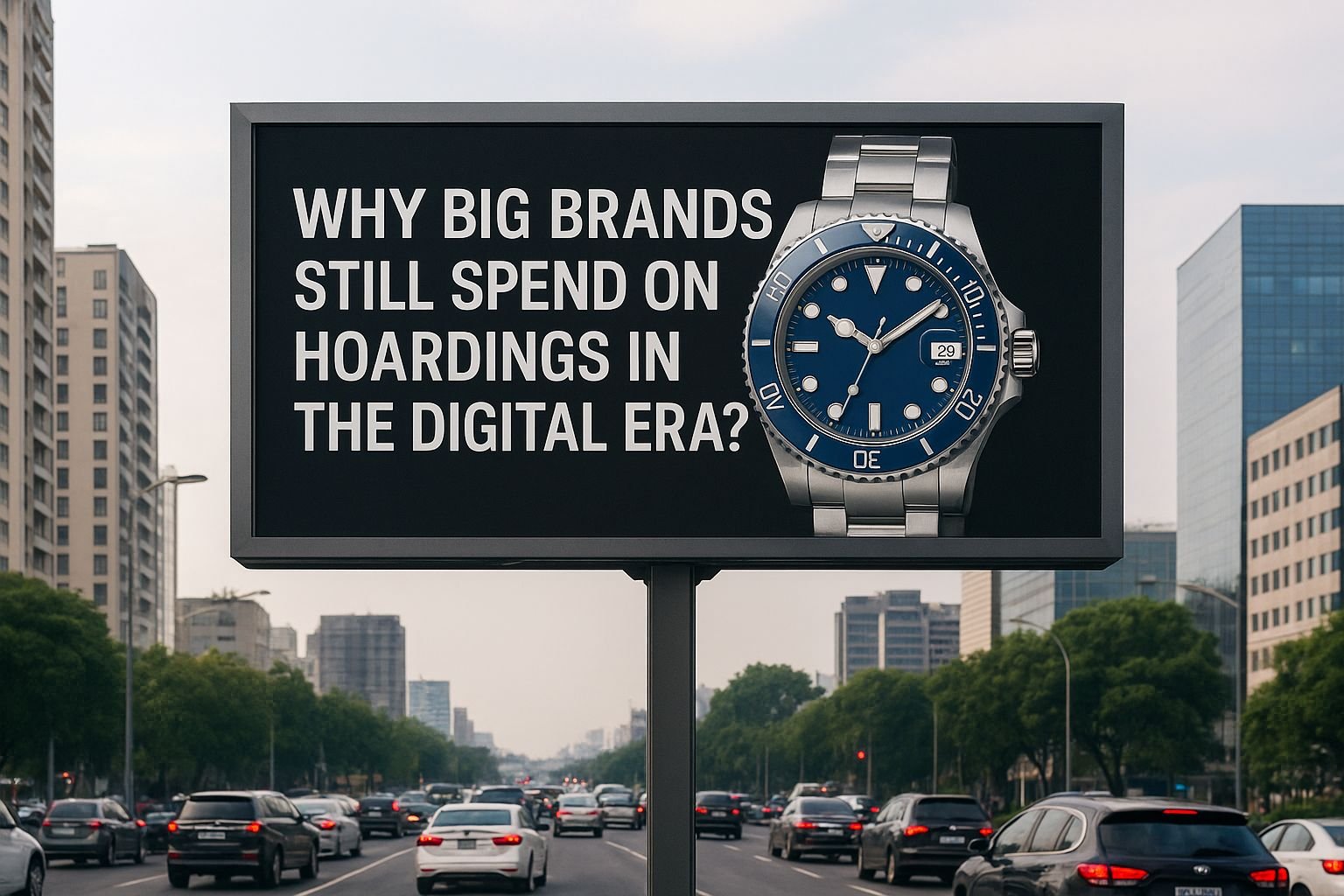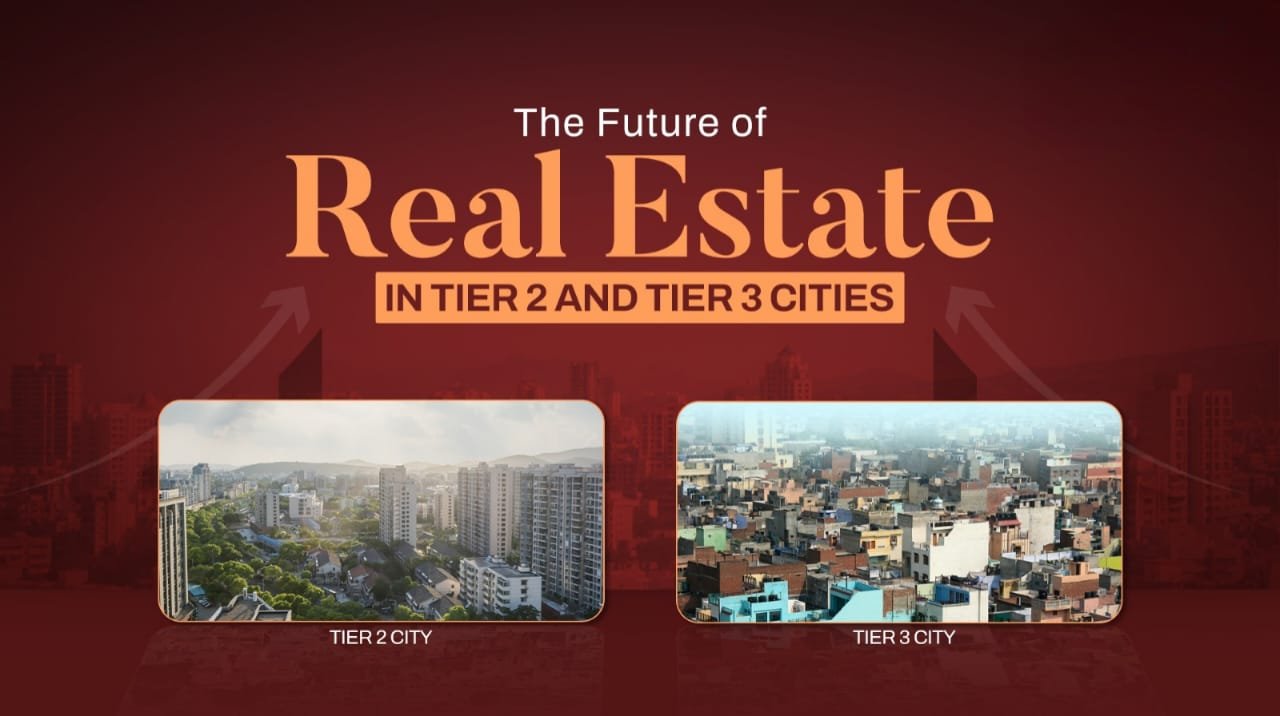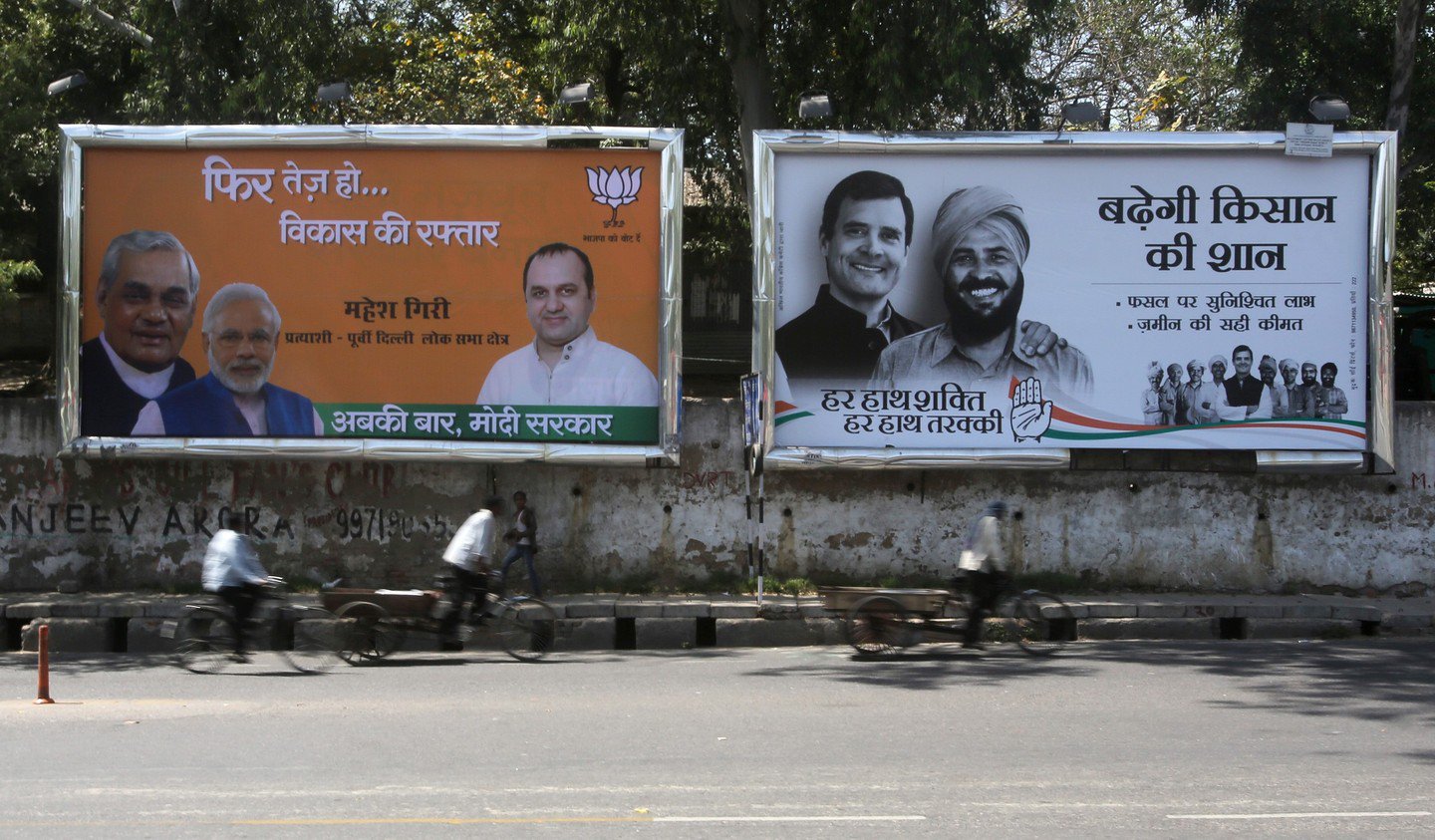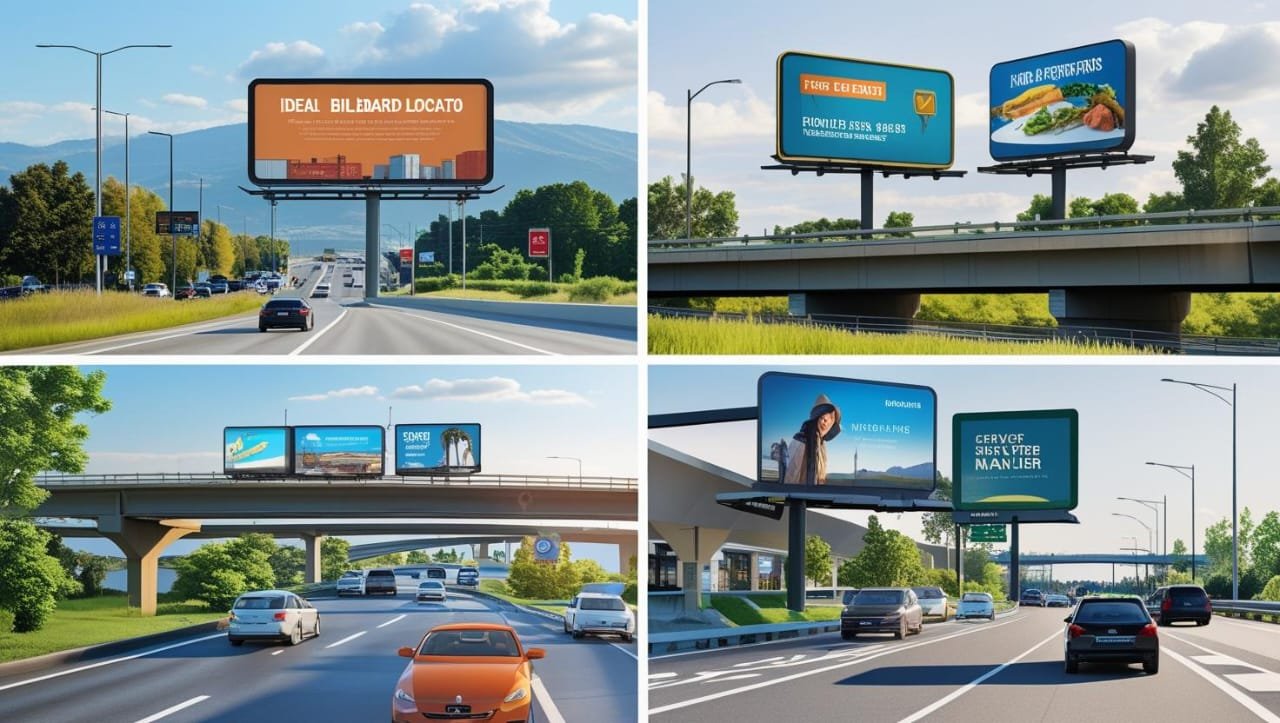We live in the age of algorithms. Ads follow us everywhere—on Instagram reels, in the middle of YouTube videos, and even while we’re scrolling through a news app. Digital marketing is cheaper, measurable, and targeted. By logic, outdoor hoardings should have died by now. But step out in Delhi, Mumbai, or Bengaluru, and you’ll still see giant billboards towering over highways and markets.
So why are big brands still spending crores on something that looks like a leftover from the 90s? The answer is simple: hoardings still do things that digital can’t.
You Can’t Scroll Past a Hoarding
On your phone, ads are interruptions. Half the time, you swipe before even registering the message. But when you’re stuck at Dhaula Kuan traffic or inching along Bandra-Worli Sea Link, you have to face that hoarding. It doesn’t ask for your attention—it simply occupies your field of vision.
Even if you don’t read every word, the brand name stays with you. That repeated exposure, day after day, is gold for advertisers.
Scale Matters
A hoarding isn’t just an ad; it’s theatre. Think of Apple’s giant black-and-white iPhone photography campaigns at Connaught Place. Or Pepsi’s enormous festive-season boards lighting up busy junctions. These aren’t just messages—they’re statements of power.
A digital ad may be clever, but it’s trapped in a 6-inch screen. A hoarding dominates the skyline. It says: this brand is big enough to take up your city’s space.
Real-World Presence Builds Trust
Big brands understand psychology. People still trust what they can see in the real world.
When Zomato plastered Delhi with cheeky one-liners like “Khaana khaya?,” it wasn’t only to push orders. It was to tell people: we belong to your city. When Jio launched and covered highways with blue and red banners, it made sure no one could miss it. That physical visibility creates credibility that a banner ad online never fully achieves.
Hoardings Reach Everyone at Once
Digital targeting is sharp—you can reach “urban 25-year-olds who like sneakers.” But sometimes, brands don’t want narrow—they want everyone.
Think of IPL or festival seasons. A soft drink brand or telecom operator wants to speak to the office-goer in Gurgaon, the cab driver in Dwarka, and the student in Noida, all at the same time. A single hoarding on Ring Road does that instantly.
It’s messy compared to digital filters, but it’s powerful.
Outdoor + Digital = Stronger Together
It’s not about “hoardings vs. digital.” The smartest brands use both.
Swiggy puts up a funny outdoor line on a busy flyover, then carries the same tone to Instagram posts. You see the hoarding, then laugh at the meme online. That back-and-forth makes the message stick.
Hoardings act as the anchor; digital keeps the conversation going.
Prestige and Deep Pockets
Let’s be honest—hoardings aren’t cheap. A prime site in Delhi or Mumbai can cost lakhs a month. Small brands hesitate. Big brands don’t.
For them, it’s not just about ROI in sales. It’s about showing muscle. A brand like Tanishq, Amazon, or Pepsi isn’t just advertising a product—they’re reinforcing status. A giant hoarding screams: we’re not just selling here, we own this space.
People Actually Remember Them
Ask a daily commuter about the hoardings on their route, and chances are, they can describe at least one. Maybe the witty Zomato ad near AIIMS. Maybe the car launch poster near Rajiv Chowk.
That recall value is huge. Digital ads disappear in seconds; hoardings become part of the city’s memory.
The Bottom Line
The digital era hasn’t killed hoardings—it has reshaped their role. Brands don’t see them as outdated; they see them as a chance to stand taller, be louder, and occupy the physical world while digital takes care of engagement.
Big brands spend on hoardings because visibility in the real world still matters. We may live online, but we still drive down real streets. And on those streets, a 50-foot billboard still has the power to make us look up, pause, and remember.



